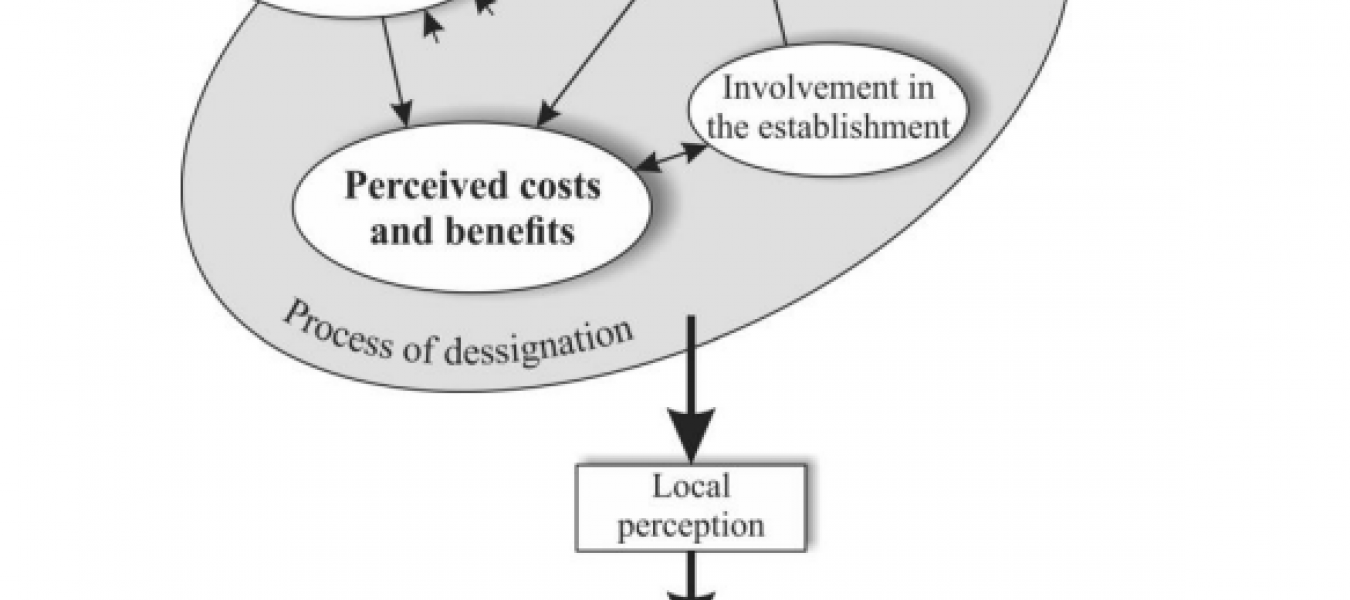Dhanda, Sarekha - Evaluating stakeholder perceptions and approaches for improving the impact of the re-designated Saigachy Reserve, Uzbekistan (pdf)

Understanding people’s perceptions and attitudes towards protected areas are an essential factor for the fulfilment of protected area goals. There are few studies that address this prior to protected area designation.
The Saigachy Reserve in northern Uzbekistan is in the process of being redesignated. The goal of the reserve is to conserve the Ustyurt saiga antelope (Saiga tatarica). This study adopts a participatory approach to assess stakeholder knowledge, attitudes and perceptions towards the re-designated reserve and saiga conservation. Additionally, an evaluation of participatory stakeholder engagement was carried out simultaneously.
Findings suggest that local residents have poor perceptions of the current reserve and its functions, displaying mistrust towards rangers and disbelief that the government will make restoring saigas a reality, which may impact on the redesignation. The re-designation of the Saigachy Reserve will have minimal impact on the stakeholders, but there are issues such as poaching, park management and enforcement that should feature high on the agenda for the final stages of the implementation. Participatory stakeholder engagement is evidently novel in Uzbekistan seen through the low recruitment of local residents in focus groups. Nonetheless, contributions were given and provided valuable guidance for the future management of the reserve. Recommendations were suggested for the re-designated reserve and saiga conservation, stressing the need to understand people’s perceptions to benefit protected areas.
